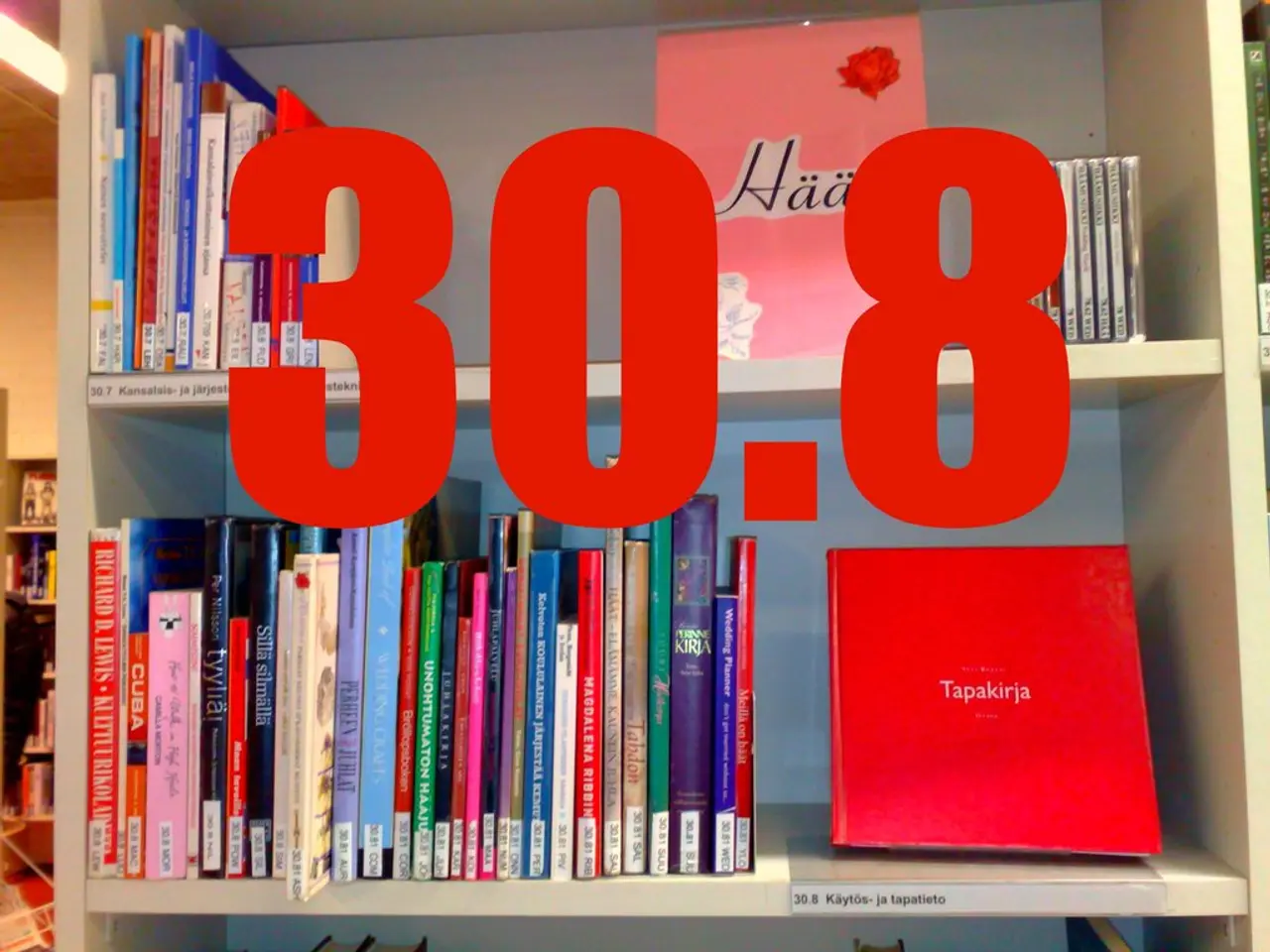Ten Crucial Strategies for Crafting a Powerful IB Math IA Analysis Commentary
In the realm of the International Baccalaureate (IB), the Math IA commentary is a significant opportunity for students to delve deep into a mathematical topic of interest, apply concepts and techniques, and communicate findings in a structured and analytical way. To create a strong Math IA commentary, focus on four key areas: structure, mathematics, reflection, and personal engagement.
Structure
Start with a clear introduction stating your research question or aim. Organize your work logically into sections such as exploration, analysis, and conclusion. Use headings and subheadings to guide the reader. Conclude by summarizing your findings and explicitly addressing your initial aim.
Mathematics
Choose a topic that allows rich use of relevant mathematical concepts aligned to your syllabus. Show clear and correct use of mathematical processes (modeling, calculus, statistics, etc.) with detailed calculations and reasoning. Use accurate labels, diagrams, graphs, and tables to visually support your math work. Avoid using unnecessary or irrelevant mathematics; every step should contribute to answering your research question.
Reflection
Regularly comment on the validity, limitations, and accuracy of your models or calculations throughout the IA. Discuss any challenges or assumptions and their impact on your results. Include a critical assessment of your results in context, not just the final answer but also what it means mathematically and practically.
Personal Engagement
Demonstrate your own initiative and curiosity by selecting an original or personally interesting topic. Show creativity in approach or in addressing difficulties faced during the exploration. Include your thought processes, decision making, and how the IA links to your own experience or interests. Examiners look for evidence that the work is your own.
Additional tips: - Aim for 60–100 data points if applicable and prioritize primary data collection where possible. Justify any use of secondary sources. - Reflect on data quality, reliability, and relevance to ensure valid analysis. - Keep the commentary concise and focused, avoiding filler material or unrelated background information. - Follow IB formatting and citation guidelines carefully to avoid penalties.
By combining clear structure, rigorous and relevant mathematics, insightful reflection, and genuine personal engagement, your Math IA commentary can meet the highest IB criteria and stand out effectively. Technology can be used in the Math IA when appropriate, such as graphing software, spreadsheets, or statistical packages.
Remember, the recommended length for the Math IA is about 12-20 pages or up to 12-20 pages of written content, depending on the level and content. The analysis in the Math IA should address the original aim or question and demonstrate how the mathematics helps answer it. Include a bibliography and in-text citations for all data, ideas, or images that aren't the student's own to avoid plagiarism. Use an appropriate font, page numbers, double spacing, and clear headings in the Math IA.
With these guidelines in mind, embark on your Math IA journey and create a commentary that showcases your mathematical prowess, analytical skills, and personal passion for the subject!
In the process of creating a strong Math IA commentary, students should consider integrating online education and self-development resources to deepen their understanding of the chosen mathematical topic, and implement learning strategies that facilitate a comprehensive exploration and analysis. By combining technology with traditional methods and upholding the key areas of structure, mathematics, reflection, and personal engagement, a student can craft a compelling Math IA commentary that exemplifies the ideals of education-and-self-development within the International Baccalaureate (IB) framework.




